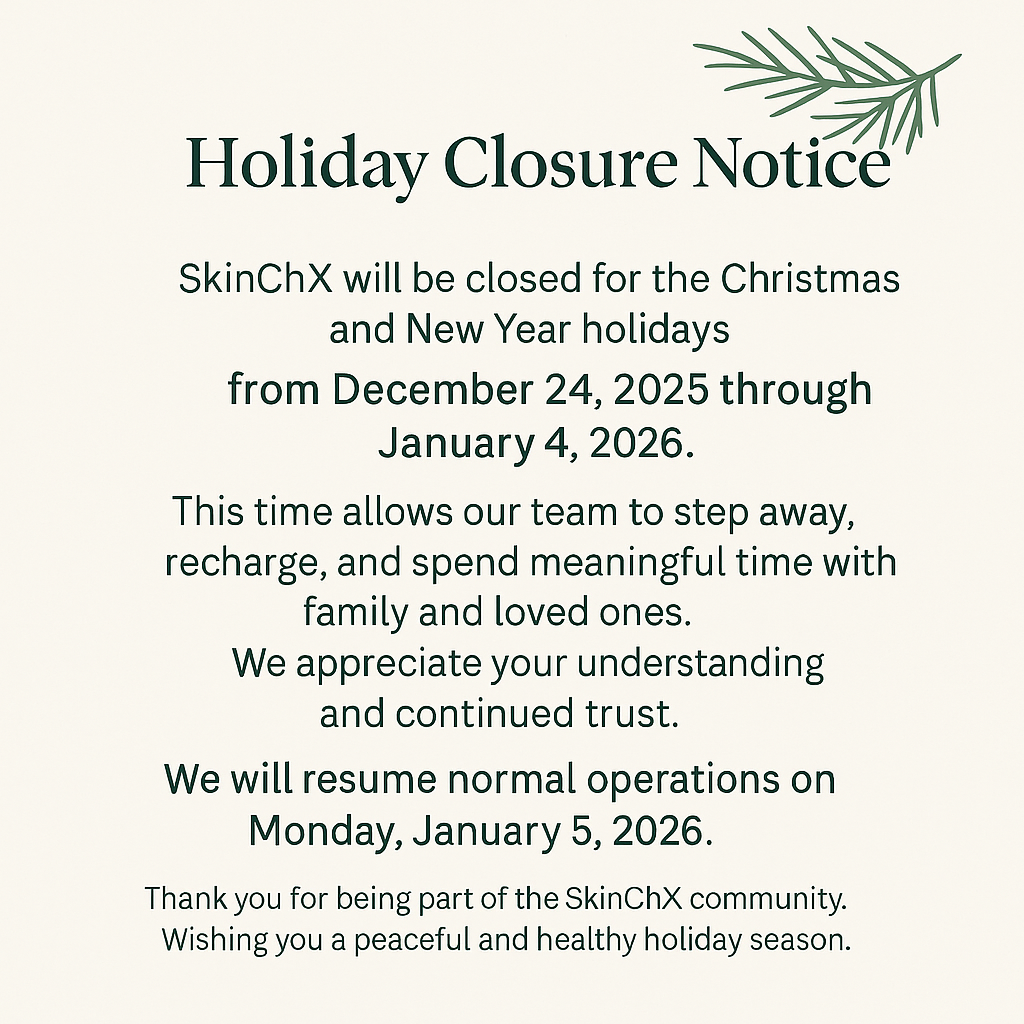- Chris Comans
- 0 Comments
Our skin is a reflection of our overall health, and while it can often be a canvas for beauty, it can also signal underlying issues, particularly when it comes to skin spots. As we spend more time outdoors enjoying the Australian sun, especially here in Perth, it’s essential to stay vigilant about any changes to our skin.
Recognising potential warning signs can be the difference between early detection and a more serious condition. Here’s how to assess unusual skin changes and when to seek the advice of a skin cancer screening practitioner, like Chris.
Understanding Skin Changes
Skin spots can manifest in various forms, including moles, freckles, or growths. While many of these are benign, there are specific characteristics that can indicate a higher risk for skin cancer. The ABCDE rule is a helpful mnemonic that can guide you through assessing skin spots:
- A for Asymmetry: Look for irregular shapes. If one half of a mole or spot doesn’t match the other, it could be a cause for concern.
- B for Border: Healthy moles typically have smooth, even borders. If the edges are ragged, blurred, or irregular, it might be time to seek further evaluation.
- C for Colour: A mole or skin spot should ideally have a uniform colour. If you notice multiple shades of brown, black, or even red, white, or blue, this could indicate a problem.
- D for Diameter: Pay attention to the size of the spot. Moles larger than 6mm (about the size of a pencil eraser) should be monitored closely, especially if they are new.
- E for Evolving: Any changes in size, shape, colour, or elevation, or any new symptoms such as bleeding, itching, or crusting, warrant a consultation with a skin cancer screening practitioner.
For more on these characteristics, refer to Understanding the Different Types of Skin Cancer.
Other Warning Signs
In addition to the ABCDE criteria, other factors can signal that a skin spot may be dangerous:
- Itching or Pain: If a spot becomes itchy, painful, or tender, it may be a sign of irritation or an underlying issue that requires further investigation.
- Bleeding or Oozing: Any skin spot that starts to bleed or ooze should be assessed by a professional. This can indicate that the skin is not healing properly or that there are more serious concerns.
- New Growths: Keep an eye out for any new spots or growths on your skin, particularly if they appear suddenly or change quickly.
- Changes in Existing Moles: Familiarise yourself with your skin and monitor any existing moles for changes. A change in colour, size, or texture can be a red flag.
- Family History: If you have a family history of skin cancer, you should be proactive about monitoring your skin and seeking regular screenings.
For guidance on self-monitoring, check out Best Practices for Self-Skin Checks.
When to Consult Chris, Your Skin Cancer Screening Practitioner
If you notice any of the above warning signs, it’s crucial to consult a skin cancer screening practitioner like Chris. These professionals are trained to evaluate skin conditions and can provide a thorough assessment of any concerning spots.
Here are some tips on preparing for your appointment:
- Document Changes: Keep a record of any changes you’ve noticed, including when they occurred and any other symptoms you’ve experienced.
- Bring Questions: Prepare a list of questions to ask Chris during your visit. This may include inquiries about the potential risks associated with your skin changes or what steps to take next.
- Be Honest About Your Sun Exposure: Discuss your sun exposure history with your practitioner, including your regular sunscreen application habits. This information can help them assess your risk more effectively.
Using the SunSmart App
To further protect your skin, consider downloading the SunSmart app, which is an invaluable tool for monitoring UV levels in real-time. This app not only provides daily UV forecasts but also alerts you to when UV radiation is at a level that can cause skin damage.
The SunSmart app also includes features that allow you to set reminders for sunscreen application, track your sun exposure, and learn about sun safety. Incorporating these practices into your routine can significantly enhance your skin protection efforts.
Prevention is Key
While monitoring your skin is essential, prevention is equally important. Here are tips to help protect your skin:
- Use Sunscreen: Apply a broad-spectrum sunscreen with a minimum SPF of 30 every day, even on cloudy days. Reapply every two hours, especially after swimming or sweating.
- Seek Shade: Limit your sun exposure, particularly during peak hours between 10 AM and 4 PM when UV rays are strongest.
- Wear Protective Clothing: Consider wearing hats, long sleeves, and sunglasses to protect your skin from harmful UV rays.
- Regular Screenings: Schedule regular skin checks with a skin cancer screening practitioner like Chris, especially if you have a history of skin issues or high sun exposure.
For year-round skin protection, read Protecting Your Skin Year-Round.
Conclusion
Being proactive about skin health is vital in identifying potentially dangerous skin spots early on. By understanding how to assess unusual changes in your skin and knowing when to seek professional advice from Chris, you can take steps towards ensuring your overall health and well-being.
Remember, your skin is your body’s largest organ, and caring for it should always be a priority. Stay vigilant, protect your skin, and don’t hesitate to consult a skin cancer screening practitioner if you have any concerns. With tools like the SunSmart app at your disposal, you can take control of your sun safety and skin health, especially while enjoying the beautiful outdoors in Perth.
For more insights, visit Understanding the Different Types of Skin Cancer.

